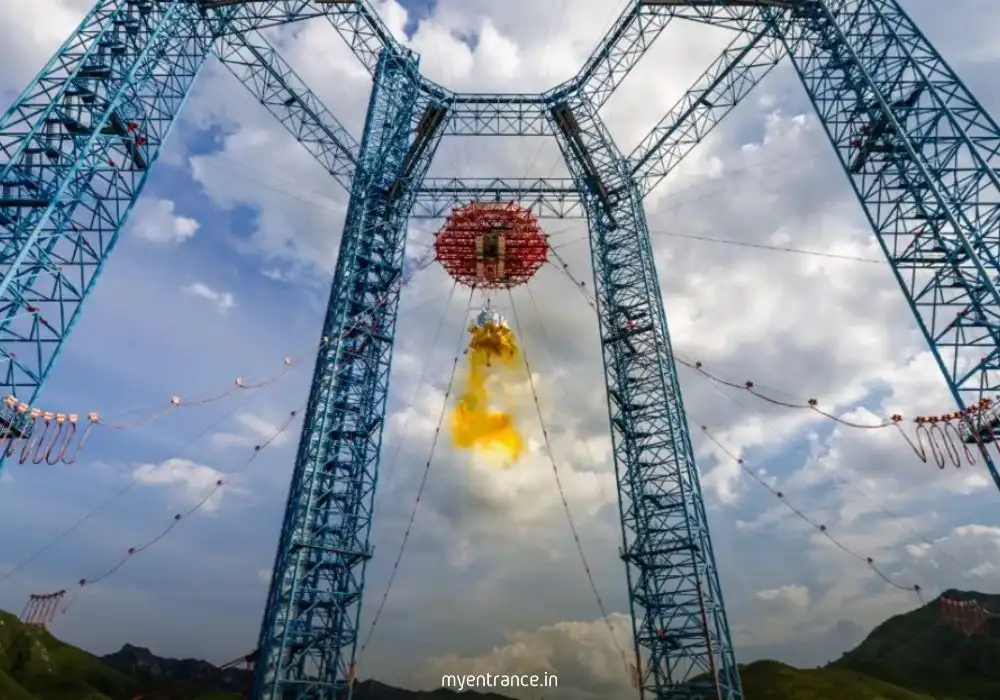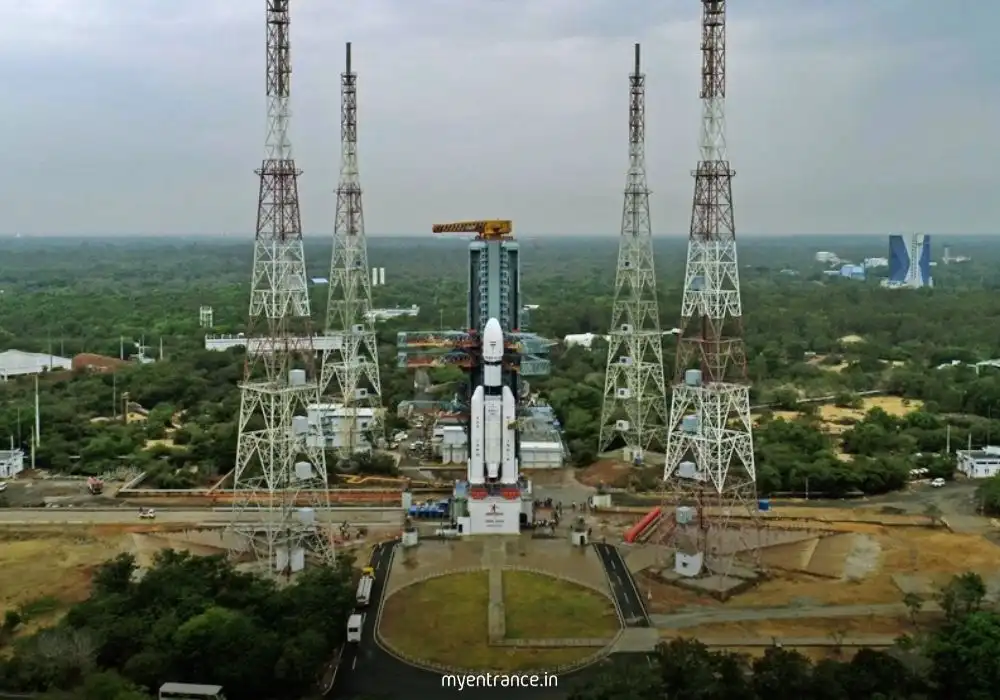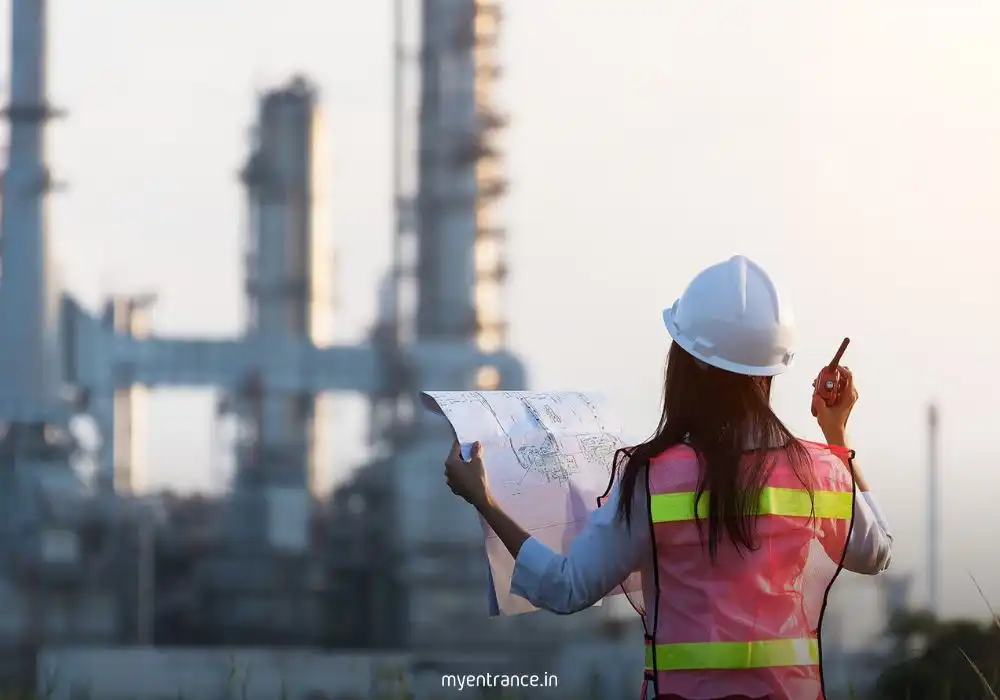Translate Language
China’s Lanyue Lunar Lander Test: A Giant Leap Towards Manned Moon Mission by 2030
China has taken a major leap in its manned lunar exploration program by successfully testing its Lanyue lunar lander. The test, conducted in a moon-like simulated environment, verified critical landing and takeoff systems. This development brings China closer to its goal of sending astronauts to the moon before 2030, positioning it as a key player in the new space race.

China’s Lanyue Lunar Lander: A Detailed Overview
China’s manned space program recently announced the successful first test of its Lanyue lunar lander, designed to carry astronauts to the moon’s surface and back. The test was conducted in Hebei province, where a specially designed facility replicated the moon’s terrain—complete with craters, rocks, and a surface coating that mimics lunar soil reflectivity.
Key Highlights of the Test:
Comprehensive Verification: The test evaluated the lander’s ascent and descent systems under multiple conditions.
High-Tech Simulation: The facility accurately imitated the moon’s harsh environment to ensure real-world reliability.
Critical Milestone: China Manned Space (CMS) stated that this test was a major step forward in the country’s lunar ambitions.
The Lanyue lander (meaning “Embrace the Moon” in Mandarin) will serve multiple functions:
Transporting astronauts between lunar orbit and the surface.
Acting as a living quarters, power station, and data center after landing.
China’s Lunar Ambitions vs. Global Space Race
China has been tight-lipped about its moon mission details, but this test comes at a crucial time when NASA’s Artemis program is also advancing. While NASA plans to orbit the moon in 2026 and land astronauts in 2027, China aims for a manned moon landing before 2030.
China’s recent uncrewed lunar missions have already made history:
First country to retrieve samples from both near and far sides of the moon.
Garnered international interest from ESA, NASA-funded universities, and space agencies in Asia.
Future Plans: A Permanent Lunar Base
By 2035, China and Russia plan to establish the International Lunar Research Station (ILRS), featuring:
A nuclear-powered reactor for sustainable energy.
A long-term manned base for scientific exploration.
Why Is This Important for Competitive Exams?
Questions on space technology, lunar missions, and global space programs frequently appear in exams like UPSC, SSC, PSC, and other competitive tests. Understanding China’s Lanyue mission helps in:
Answering current affairs questions on space exploration.
Comparing NASA’s Artemis vs. China’s lunar program.
Discussing future space missions and international collaborations.
Questions & Answers for Competitive Exams
1. What is the name of China’s manned lunar lander?
Answer: Lanyue (meaning “Embrace the Moon” in Mandarin).
2. Where was the Lanyue lander tested?
Answer: In a simulated lunar environment in Hebei province, China.
3. What is China’s target year for a manned moon landing?
Answer: Before 2030.
4. How does China’s lunar mission compare with
NASA’s Artemis program?
Answer:
NASA’s Artemis: Plans moon orbit in 2026, landing in 2027.
China’s Mission: Aims for a manned landing before 2030 and a lunar base by 2035.
5. What is the International Lunar Research Station (ILRS)?
Answer: A China-Russia-led lunar base planned by 2035, featuring a nuclear reactor for power.
Final Thoughts
China’s Lanyue lunar lander test is a significant milestone in the new space race. With plans for a manned moon landing and a permanent lunar base, China is positioning itself as a global leader in space exploration. For competitive exam aspirants, keeping track of such developments is crucial for scoring well in science and current affairs sections.
Get 3 Months Free Access for SSC, PSC, NIFT & NID
Boost your exam prep!
Use offer code WELCOME28 to get 3 months free subscription. Start preparing today!















